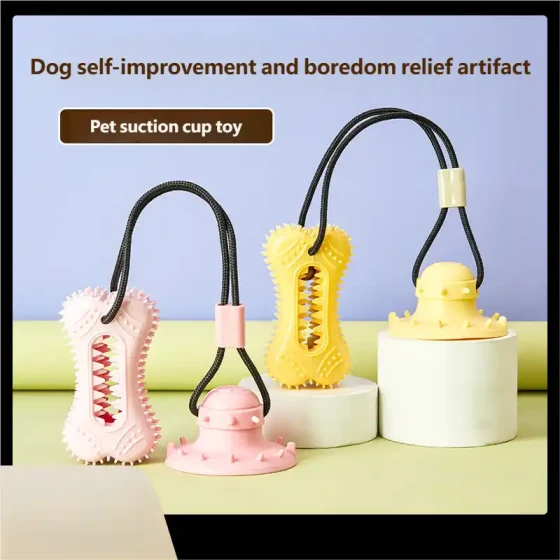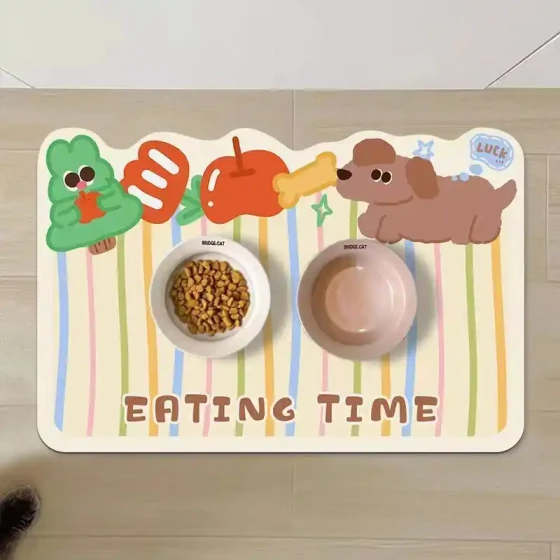How to Arrange Your Dog’s Feeding

The choice of food and routine are very important
When feeding dogs, important questions include what to eat, how often to eat, and how many times a day. A regular and healthy diet has a significant impact on a dog’s health. Whether the diet is normal or not is closely related to the dog’s gastrointestinal health and physical condition. How to properly arrange your dog’s diet is a required skill for every pet owner.
1. Notes on Purchasing Imported Food
Basically, most owners prefer imported food. When buying imported dog food, try to find products with Chinese instructions. Because canned and dry food that has traveled overseas may be past the expiration date. If there is any strange smell, mold, dampness, or insects, immediately request the seller to exchange it. After opening, proper storage is essential: canned food should be refrigerated, and dry food should be sealed.
If buying for the first time, do not buy too much. You can buy small amounts of two or three kinds to see how the puppy reacts, including palatability, digestion and absorption, and the shape of the stool. Then choose the most nutritious and suitable type from them.
2. How Much to Feed
Generally, feed your dog until it is about 70-80% full. Eating too much and then running and jumping after meals can easily cause vomiting. Besides, we often remind to feed smaller meals more frequently. If time allows, it’s best to follow this rule. If time is limited, you can increase the feeding amount slightly and reduce the number of meals.
Also, when switching dog food, do not change all at once. Gradually increase the amount of new food until the transition is complete. This way, the dog’s digestive system can adapt; otherwise, diarrhea is likely.
Many people think dogs need to gnaw bones, but gnawing bones can easily block their intestines, causing constipation, vomiting, and reduced appetite. Especially chicken bones must be avoided because they are small and brittle, making them easy to block the esophagus or pierce the intestines.
When feeding, always provide plenty of fresh water. It does not have to be distilled or boiled water; their digestive systems don’t mind. The key is fixed time, fixed quantity, and fixed place feeding.

Food can be adjusted appropriately according to the dog’s condition
3. Feeding Frequency
The general feeding frequency per day is as follows: From weaning to three months old: 3-4 times; three to six months old: 2-3 times; six months to one year old: twice; older than one year: one to two times. Feeding times can match your daily schedule but also consider time for walking the dog after meals, bathroom breaks, litter box cleaning, and washing bowls. Bowls should be washed immediately after meals to prevent leftover food from attracting rats, cockroaches, ants, or spoiling due to sun and rain. Also, remove bowls to prevent the dog from playing with or chewing them out of boredom. As for how much to feed, usually follow the instructions and then adjust based on whether there was any leftover food last time.
4. Types of Food
Dog food mainly includes dry food and canned food. Another category is treats such as large biscuits, deodorizing biscuits, beef jerky, etc. The main nutritional components of various brands are similar. Higher-priced ones have special formulas targeting different ages and breeds, which can be compared beforehand.
Feed according to the dog’s growth stage. Puppies eat puppy food, adults eat adult food, feeding according to their needs. Avoid mixing to prevent being too fat or too thin. Dry food has stable and balanced nutrition, and chewing helps clean tartar and relieve itching. But if the dog has urinary stones, avoid dry food unless it is prescription food for stones. The main diet can be adjusted based on the dog’s own condition.





